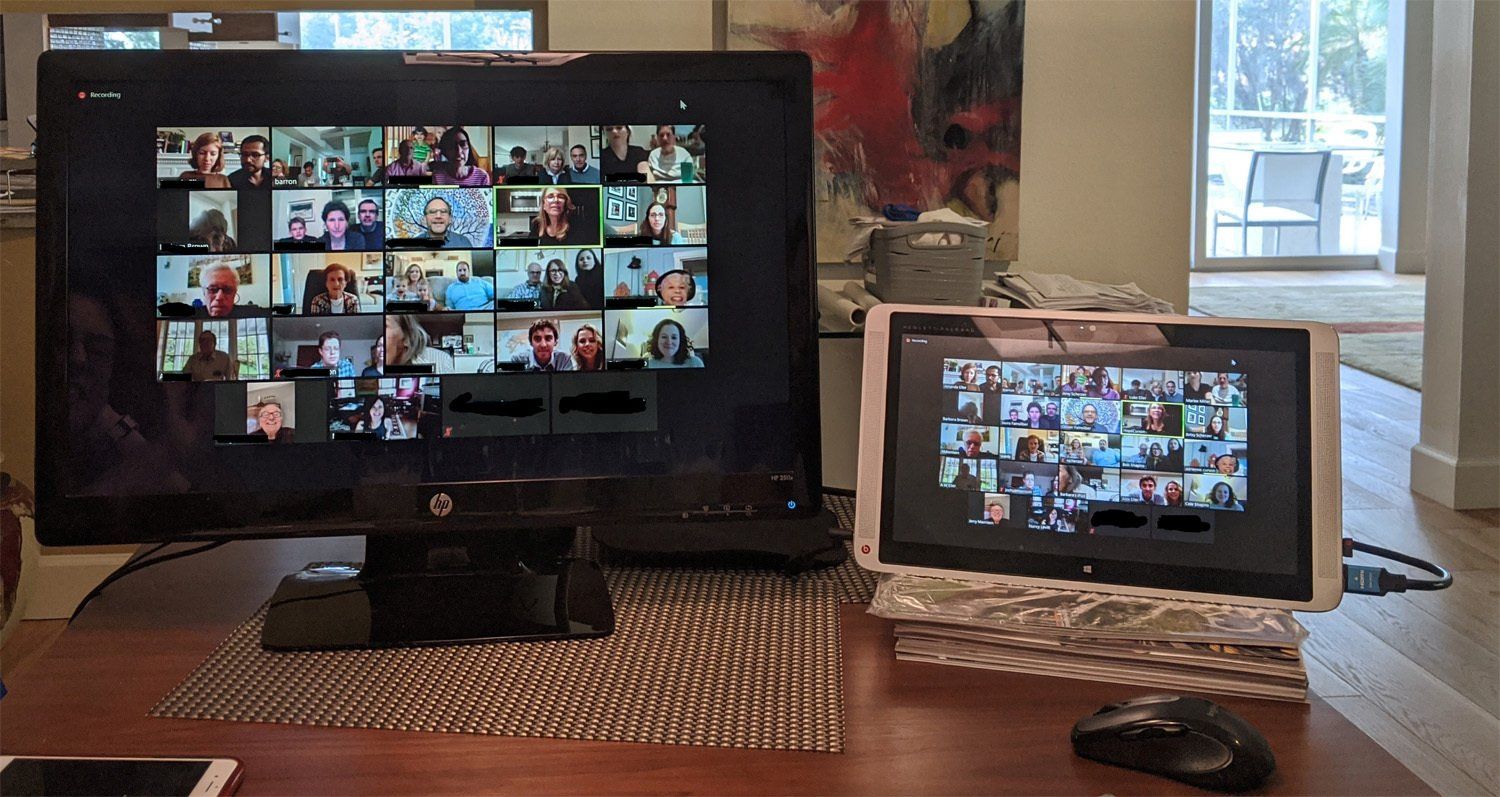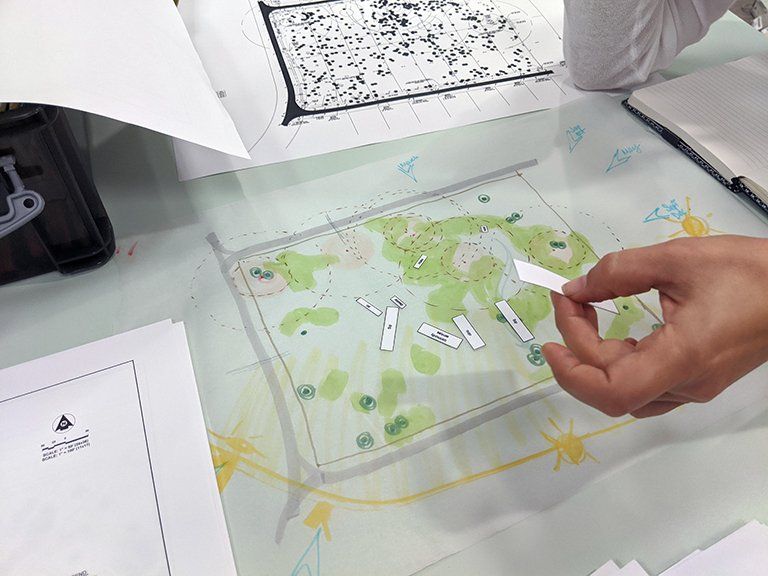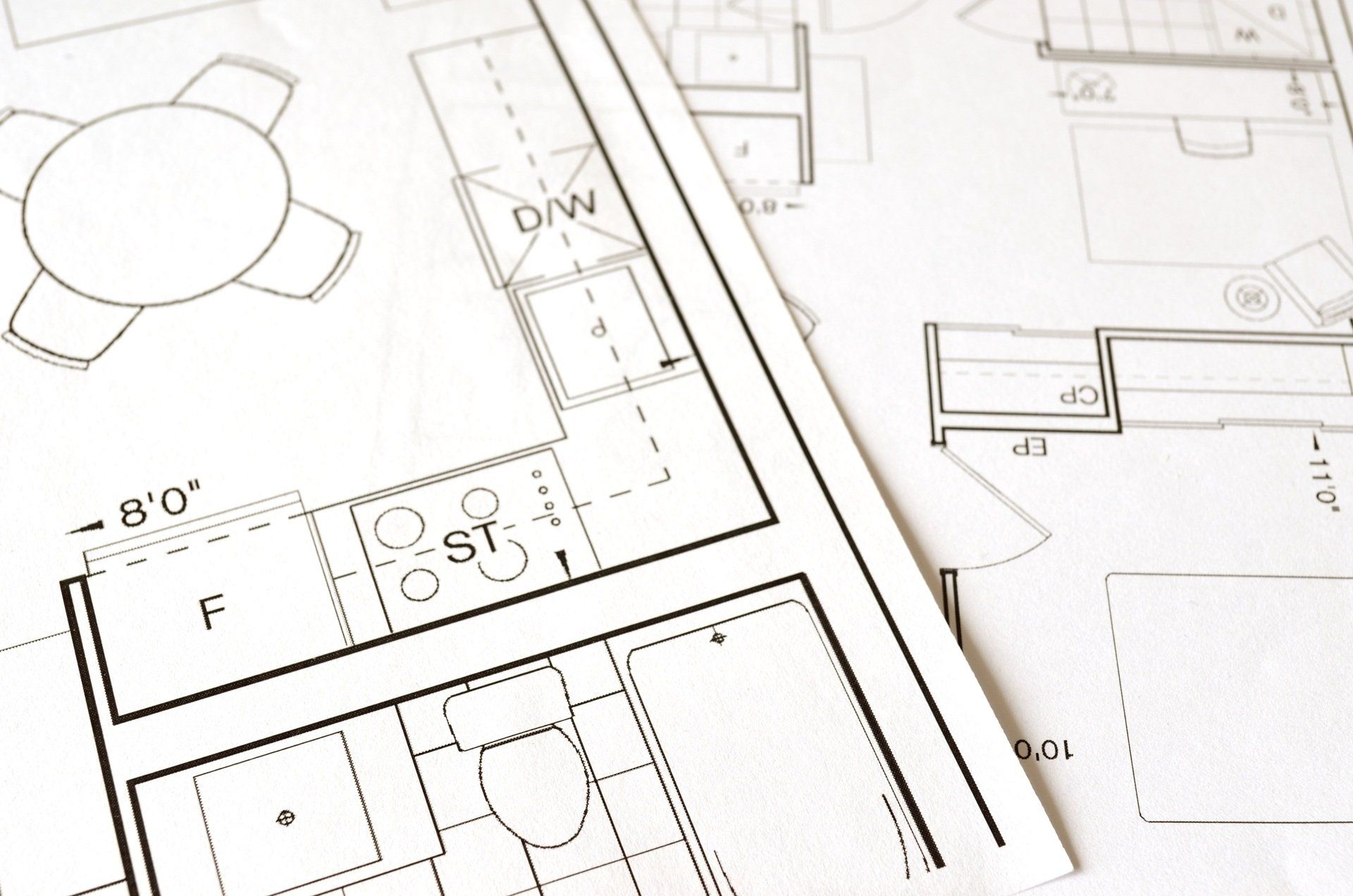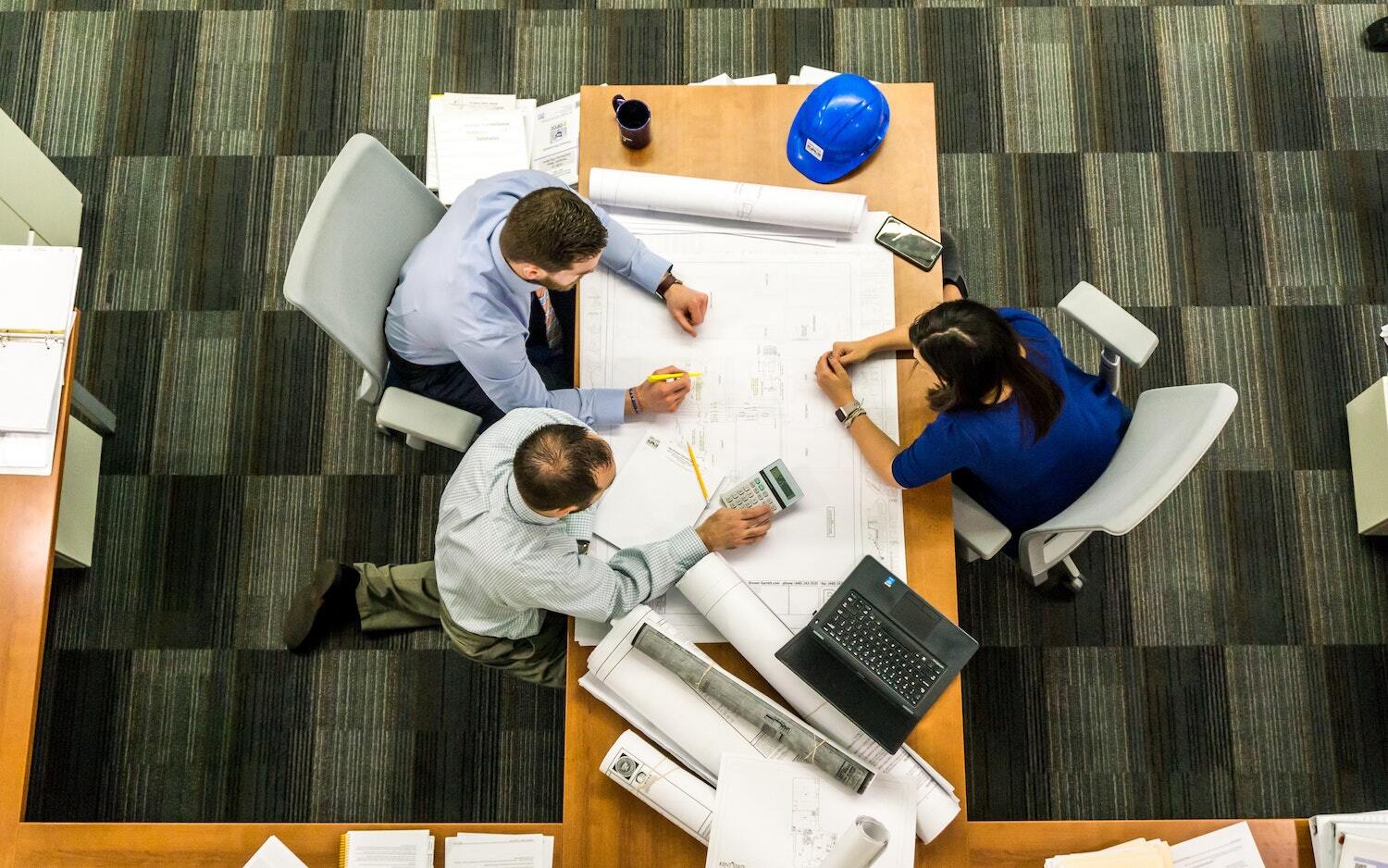Schimberg Group
Architecture & Interior Design
1421 5th Street, Unit D
Sarasota, FL 34236
To Face or Not to Face?
For architects, the Coronavirus crisis has made client presentations more challenging.
Meetings are now different. For architects, our bread and butter is the presentation. That ability to pull up on the screen an image of the building that you know will surprise the client. That moment where you can witness the expression by an owner of seeing their building for the first time in plan or a 3D model. It is exhilarating and it is one of the reasons why we become architects.
We strive for those times when we can hand a client a chipboard or wood model for them to maneuver around in their hands, giving them an empowering but delicate sense of ownership. Or the ability to walk around the conference room table as if they were walking around the site, looking at their building from all angles. Or the tactile nature of picking up a fabric and touching it for the first time. Or running one’s hand over a porcelain tile, contemplating the reaction of their patrons when they themselves walk on it or brush up against it. These are the moments that architects dream of when designing a building for a client.
Though, in today’s world, those moments have morphed into a different type of meeting and presentation. We are now online. We now video conference. Not because we want to or because it’s the latest technological advancement, but because we have to present in this manner. And because we must approach our projects this way, we find challenges inherent with this new form.
Gone is the opportunity to see how a person reacts instantaneous to the presentation. We don’t see them wince or their eyes expand or even their enormous smile of satisfaction.
It’s a debate in our office whether or not to allow people’s faces on the screen. Faces take up space and monitors are only so big. Architect’s super power is the ability to present unbuilt structures without building them. The rendering, the model, the floor plan are our utility belts, our wings, our special suits. We now need as much space on the screen to wield those tools and unfortunately, people’s faces on a screen hinder that ability. So, if we choose to not have a square of a face on the screen, it means we cannot see emotion, reaction or satisfaction. It changes the playing field and increases the need for us to heighten our superpowers even more.
When sitting in a room full of people, we can talk freely. Even if you are interrupted, respect is given quickly, and a smoothness of transition occurs. There is no need to establish boundaries or order, other than the presenter, as we can all react and play off of each other’s looks, actions or acknowledgments.
Online, presenting a project requires an imperative order. To keep people from talking over each other, which becomes a gargled mess of noise, there becomes an order to who can talk and who can listen. On most programs, the mute button becomes a superpower, wielded at will in order to keep the presentation moving along. Who speaks when and figuring out how to control that is integral to the ultimate success of the presentation.
In our latest presentation, we showed images of a model that we built. We even showed a video of the model being built. (Boooorrring…) We took up to a dozen shots, moving around the white, chip board model to attempt to express our ideas for the vertical construction of our design. Simply speaking, it’s just not the same. One can’t pick it up. One can’t get down low and look at it close up. You can’t even break it. It’s a hard sell but a worthwhile attempt.
So then we presented drawings and sketches, which I’ll discuss in another post, but after a 45 minute presentation, what we as architects live for, there is silence. And because it is all online, without visual connection, there is a moment that the presenter wonders, “Do I have to go through this all again? Maybe the button was turned off.” That is what makes presenting online for architects a challenge. We will continue to innovate. We will continue to present online. We will continue to design. But a captured audience, in the same room, will never replace a computer monitor.

Recent Blog Posts
Website design by Archmark




